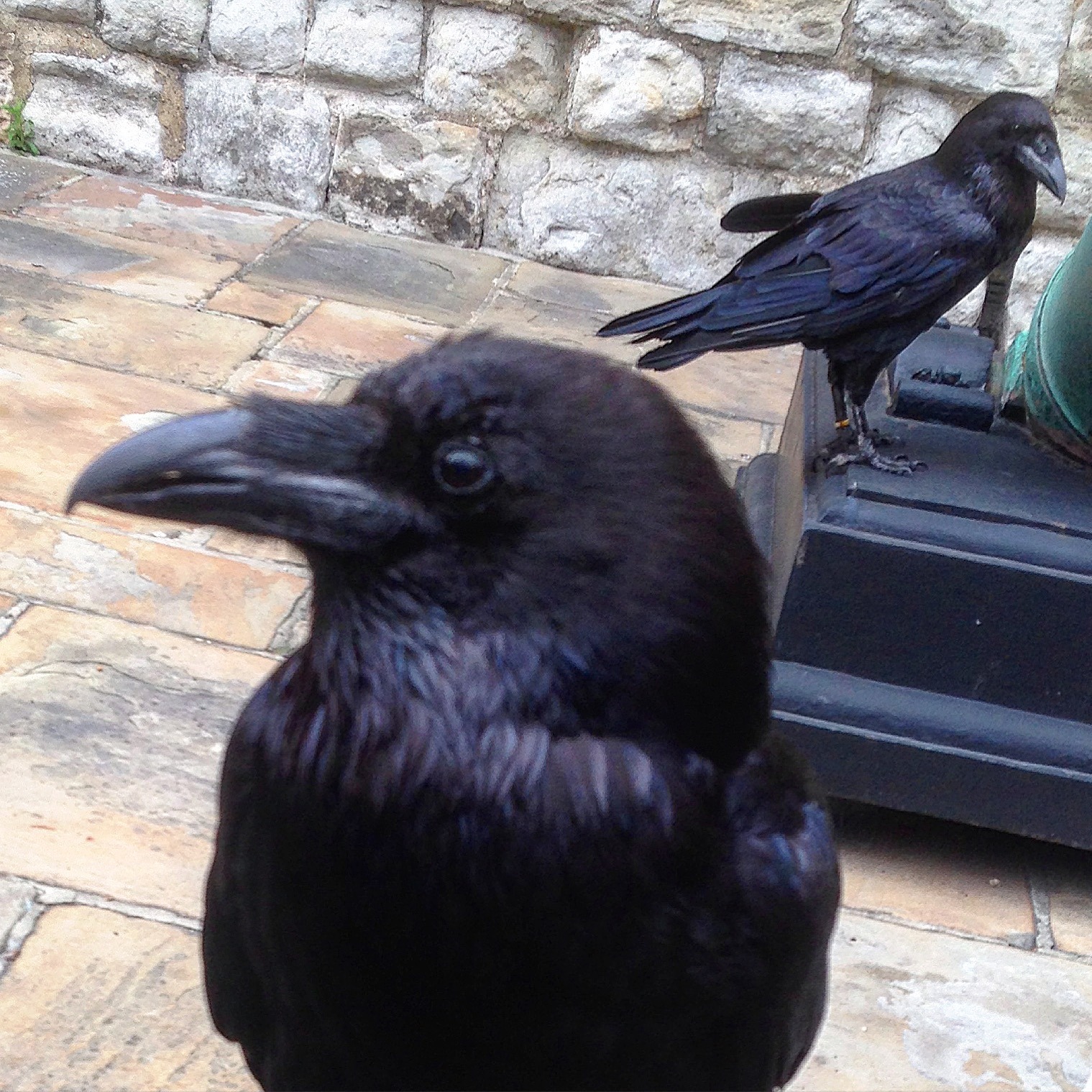
Just about everyone knows the legend of the Tower of London ravens; that should they leave the fortress then it and, by extension, the entire kingdom, will fall.
It’s meant to be recorded that when the astronomer John Flamsteed (who had set up his telescope in the White Tower) complained to Charles II that the birds were impeding his work and had to go, that the king insisted the ravens stay and that Flamsteed must relocate. This is why the Royal Observatory ended up in Greenwich. (Another version of the story has it that it was Charles himself who wanted the ravens removed and it was Flamsteed who intervened on their behalf.)
Even earlier, the ravens were said to be present at the execution of Anne Boleyn, falling silent on the battlements of the Tower as if knowing the momentousness of a queen’s execution.
The only small problem is – well, all the legends are nonsense, at best late Victorian inventions, at worst cooked up by some imaginative Yeoman Warders some time after WW2.
Because the earliest mention of Tower ravens comes from 1895 (the RSPCA Journal reporting that the Tower’s pet cat was being tormented by the birds). There are a couple of earlier illustrations of ravens at the Tower, both from 1883, but that’s it. (We’re indebted to an American called Boria Sax for researching the history of the the ravens in his book City of Ravens.) There aren no prior references to any legend or to any history of their residence; no historical records; no medieval Ravenmaster* entrusted with their care.
Even H V Morton’s 1951 classic In Search of London makes no reference to the legend and implies that – although there had been ravens between the wars – the six post-WW2 birds were all replacements for the inhabitants killed during the conflict. This squares with a blunt statement quoted in Sax’s book: “they are all gone”. So it’s not either an old legend or even an accurate one, as both the Tower and the country have withstood zero-raven situations in the past.
*(The Yeoman Warder who looks after the ravens really is called the Ravenmaster, a title which should belong to some comic superhero. The incumbent is called Chris Skaife, who runs this rather lovely twitter account.)
Today’s ravens are pretty cosseted, including being housed in splendid new quarters in front of the White Tower. Their flight feathers are trimmed on one wing so they can only fly/glide short distances (although raven Munin was found AWOL five miles downriver in Greenwich. Presumably she hitched a ride on one of the pleasure cruisers.)
And the Ravenmaster looks after them. They get various bits of meat, biscuits soaked in blood, the occasional bit of roadkill, fruit and vegetables, and bits of cheese. Ravens are scavengers (in medieval times they were common throughout the city) and so are known for also nicking food off Tower visitors. And if they turn up their toes on active service they’re buried in the Tower moat (have a look down to your right as you exit by the river gate), otherwise they’re pensioned off to a farm in Wales.
Burnished now by generations of warders and guides, the myth of the ravens’ importance will withstand any amount of dispelling, so if you visit the Tower it may be wise to suppress your critical faculties and just go with the flow.
